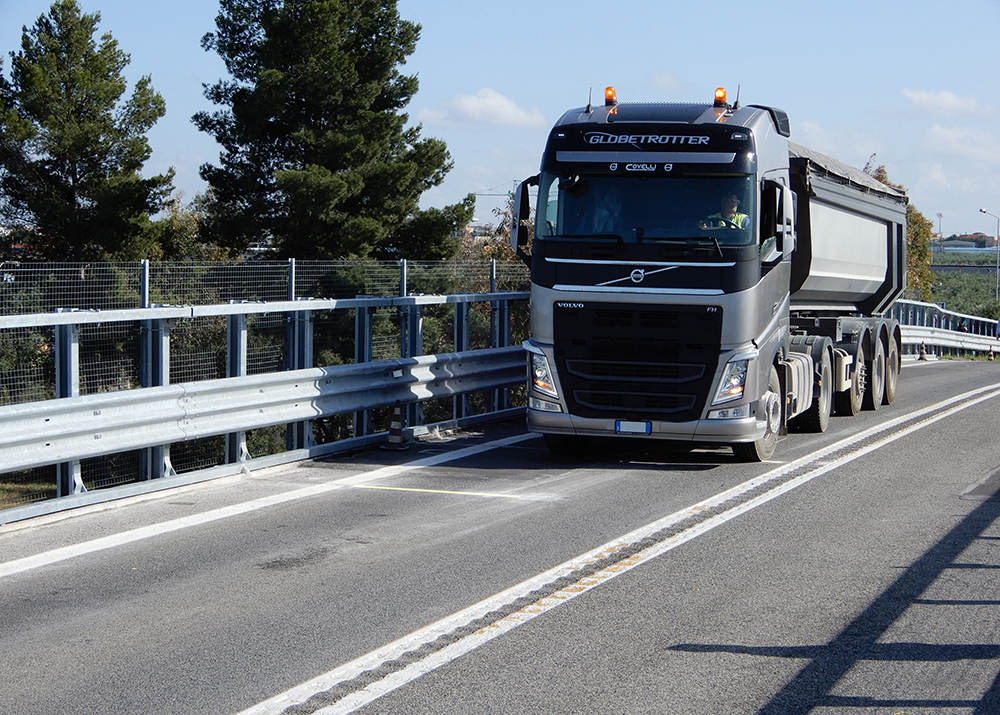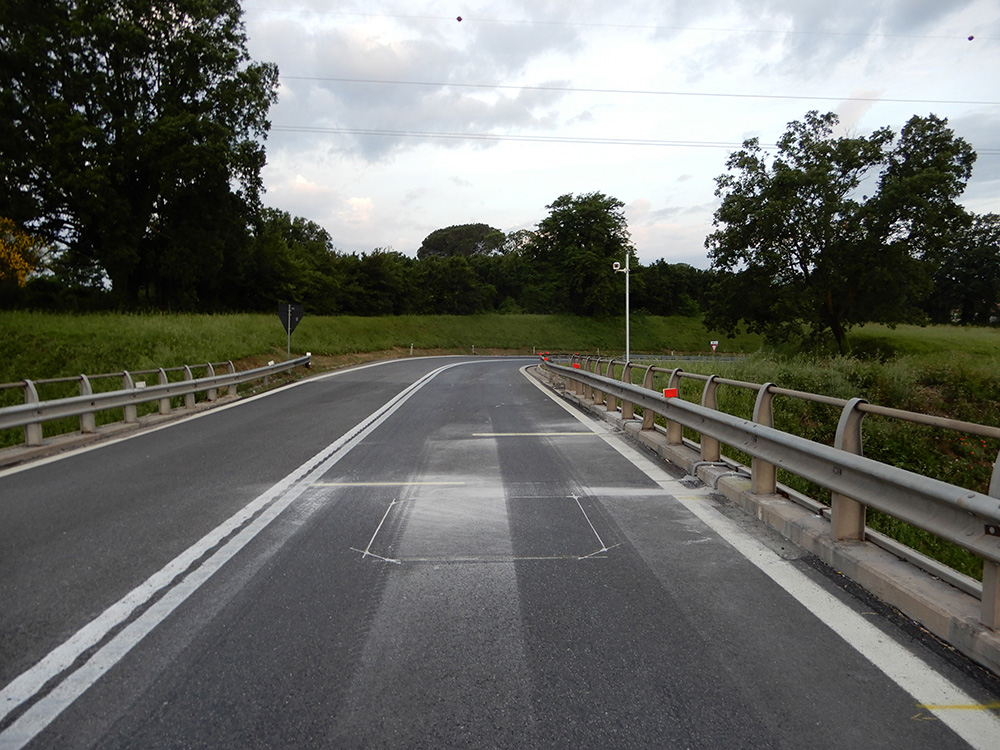
Considering that vehicle overloading can have a serious negative impact on road safety and on the longevity of road infrastructure, road owners have started to address this problem based on accurate information gathered using high-speed Weigh in Motion (HS-WiM) systems. HS-WiM can help a road owner understand where, when, and how vehicle overloading occurs more frequently and severely. Also, experience processing HS-WiM data has shown that vehicle overloads are often concentrated within a relatively small group of transport operators, which made the concept of company profiling attractive for vehicle overload control in road concessionaires like Autostrade per l’Italia.
Autostrade per l’Italia, the leading European concessionaire for toll motorway construction and management based in Italy, decided to install multiple HS-WiM sites based on Intercomp strain gauge strip sensor technology. Locations in central and southern Italy were identified for installation of HS-WiM sites to detect overloaded vehicles as they were entering toll roads. These HS-WiM sites consisted of two strain gauge strip sensors, an ANPR camera, and networked electronics for remote monitoring of the sites for real-time identification and vehicle reporting.

The HS-WiM sites are operated by Autostrade per l’Italia, but the real-time information is also made accessible to enforcement authorities. With their networked HS-WiM sites, officials can log into the system and use information provided to understand the overloading situation. The tolling concessionaire can contact operators who have recurrent and serious overload violations to negotiate and request immediate improvement. By focusing their attention on transport operators with the most frequent and severe overloading records, concessionaire and enforcement officials tend to become more effective in their control strategies.
What does Autrostrade use the HS-WiM sites for?
Autostrade uses the HS-WiM sites to monitor vehicle traffic and identify overload conditions for further action. The concessionaire also uses the databases created for analysing traffic trends. Deploying high-end HS-WiM technology allows them to understand the regions where the overloading problem is more significant. Also, they may assess the months of a year, the days of a week, and the hours of the day that overloading occurs more frequently and severely. Finally, the information provided by HS-WiM systems helps them understand what transport companies and what kind of overloads make up the problem.
Overload control strategies, such as fixed and mobile enforcement, can be better allocated based on accurate data about the overloading conditions. The cost for collecting highly accurate HS-WiM data at highway speeds becomes marginal if compared to the costs of not knowing overloads.

Vehicle overloading is a serious issue that involves the public interest, so it should be addressed based on high-quality information. In any case, good solutions start with knowledge about the problem. It starts with understanding the traffic and the respective loads that are being carried over it. Today, road owners like Autostrade per l’Italia are dealing with more vehicles to control and technology plays an important role in this context because it can make the control actions more efficient and provide data to support a strategy for applying the existing tools.





